NATURAL WORLD
Antarctica’s water wonder
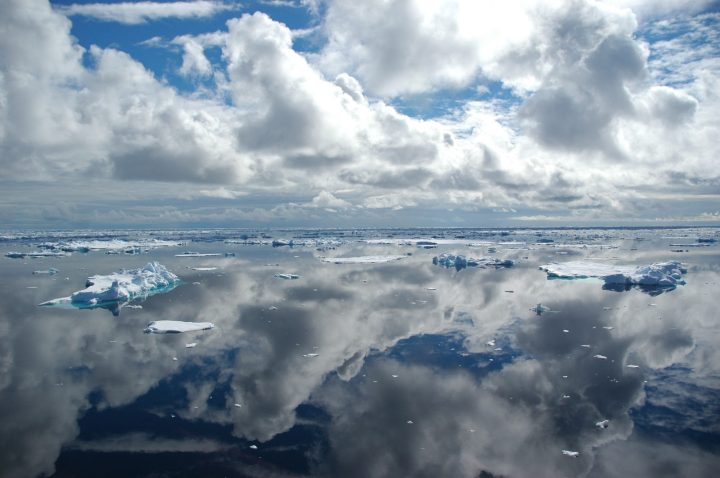
Water is so common it hardly bears notice until rain takes a holiday and the taps run dry. Nearly three-quarters of the planet is covered with the stuff. But in fact, it’s an absolutely magical substance – and when it becomes ice it can blow your mind.
Water breaks all the rules.
According to the laws of physics, substances become denser as they get colder, shifting from gas to liquid and finally to a solid state.
Most of them do – but water only sticks to the rules until it reaches 4oC. Then it does something strange: instead of shrinking, it starts to expand. By 0oC – when water freezes – it has grown in volume by 10%.
That’s why rocks split, forgotten bottles of wine burst in the freezer and water pipes crack open on cold Highveld nights. It’s also why there’s life on Earth.
If water didn’t do this, ice would sink. Think about that. Soon every pool and dam, every ocean, would be solid. Earth’s water would be locked away. Springs would not spring, streams would not stream and rain would vanish from the skies. All that ice would reflect the sun’s rays back into space and we’d be a silent iceball.
But water’s a lot smarter than that. In Dreams of Dragons, biologist Lyall Watson points out that because everything is essentially “chemical”, and because nearly every chemical reaction requires an aqueous solution, water can corrode almost everything, wearing down mountains and chewing through the hardest steel.
Without this quality, however, no essential mineral could pass from soil to roots or flow up a plant’s stem to its flowers. No animal could digest food or transport nourishment in its bloodstream. Leaves wouldn’t be able to absorb life-giving gases and we would be unable to take in oxygen through our lungs. Life would be impossible.
One of the most extraordinary things about this strange substance is that its molecules are “sticky”, which is why it forms drops rather than dissolving all over the place.
Its molecules not only have a tendency to cling to one another, they grasp at external surfaces, drawing the entire substance along behind them. They can even move uphill, rising up capillaries to incredible heights. Among other things, this special talent makes trees possible.
In fact, water is everywhere. Most living things are waterlogged. Jellyfish consist of about 95% water, frogs 80%, chickens 75% and we check in at 65%. We embody around 38 litres and have to replace at least two a day. Herein lies a problem – most of earth’s water is useless to our biology.
It is generally agreed that water is an uncommon substance in the cosmos, but on earth we’re particularly well endowed. How people do this I don’t know, but it’s been calculated that the total supply of water on earth is 1,335 million cubic kilometres.
The trouble is that 97 in every hundred litres are in undrinkable oceans and a further 2% (29 million cubic kilometres) is locked up in polar caps and glaciers.
That doesn’t leave much: just over half a percent lurking around in groundwater, 0.009 % in freshwater lakes and 0,0001% in rivers. Of course in Africa, the last number would have even more noughts.
The planet’s biggest store of freshwater is ice, of which Antarctica is the greatest part. While our ancestors were peopling the rest of the globe for millions of years, Antarctica lay in pristine isolation: unknown, unimaginable and huge. The continent is far larger than you realise from its insignificant position at the bottom of maps: more than 14 million square kilometres. That’s about the size of all of Africa north of the equator. In winter its frozen skirt effectively doubles its size.

Photograph by Don Pinnock
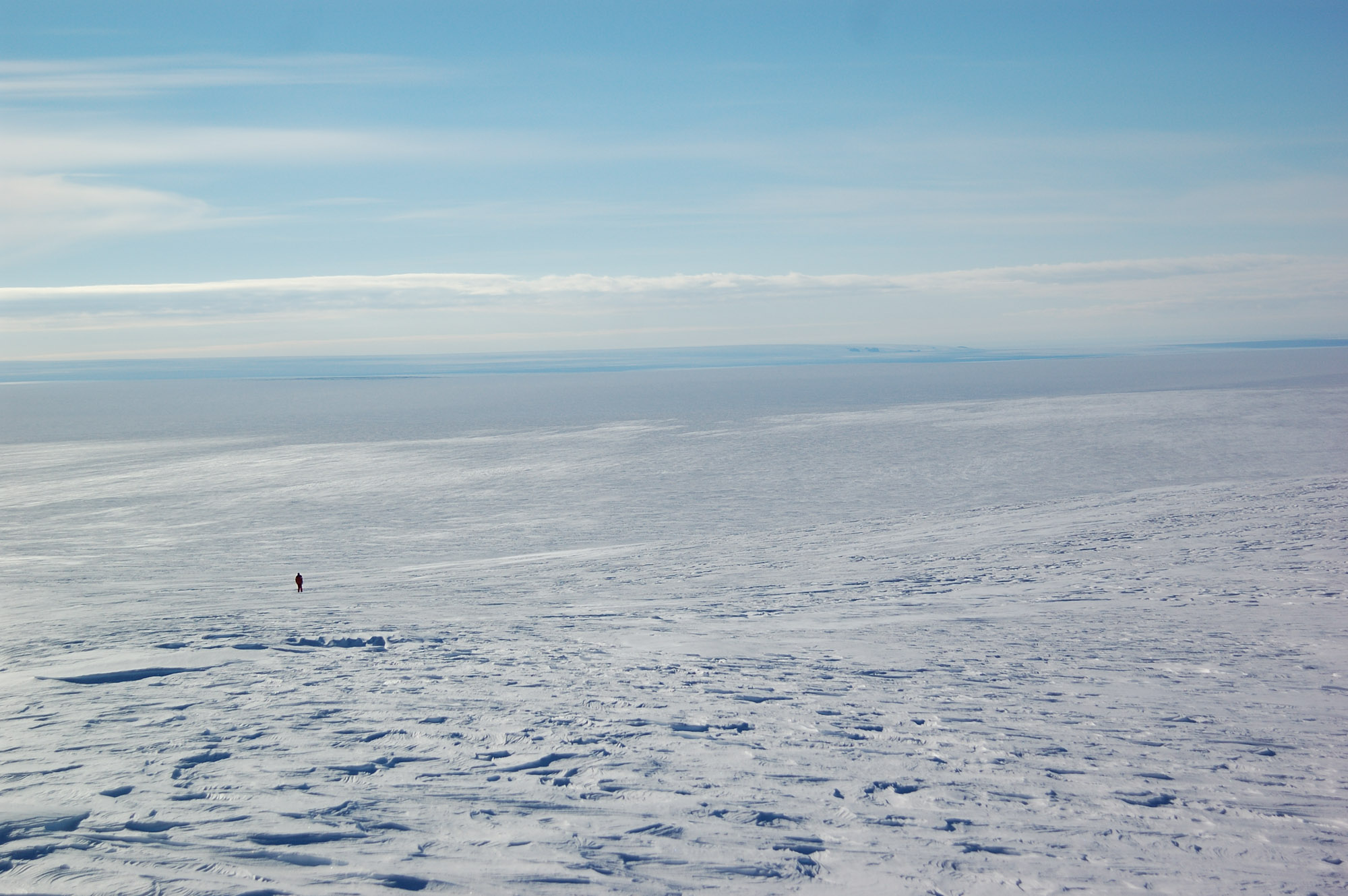
Photograph by Don Pinnock
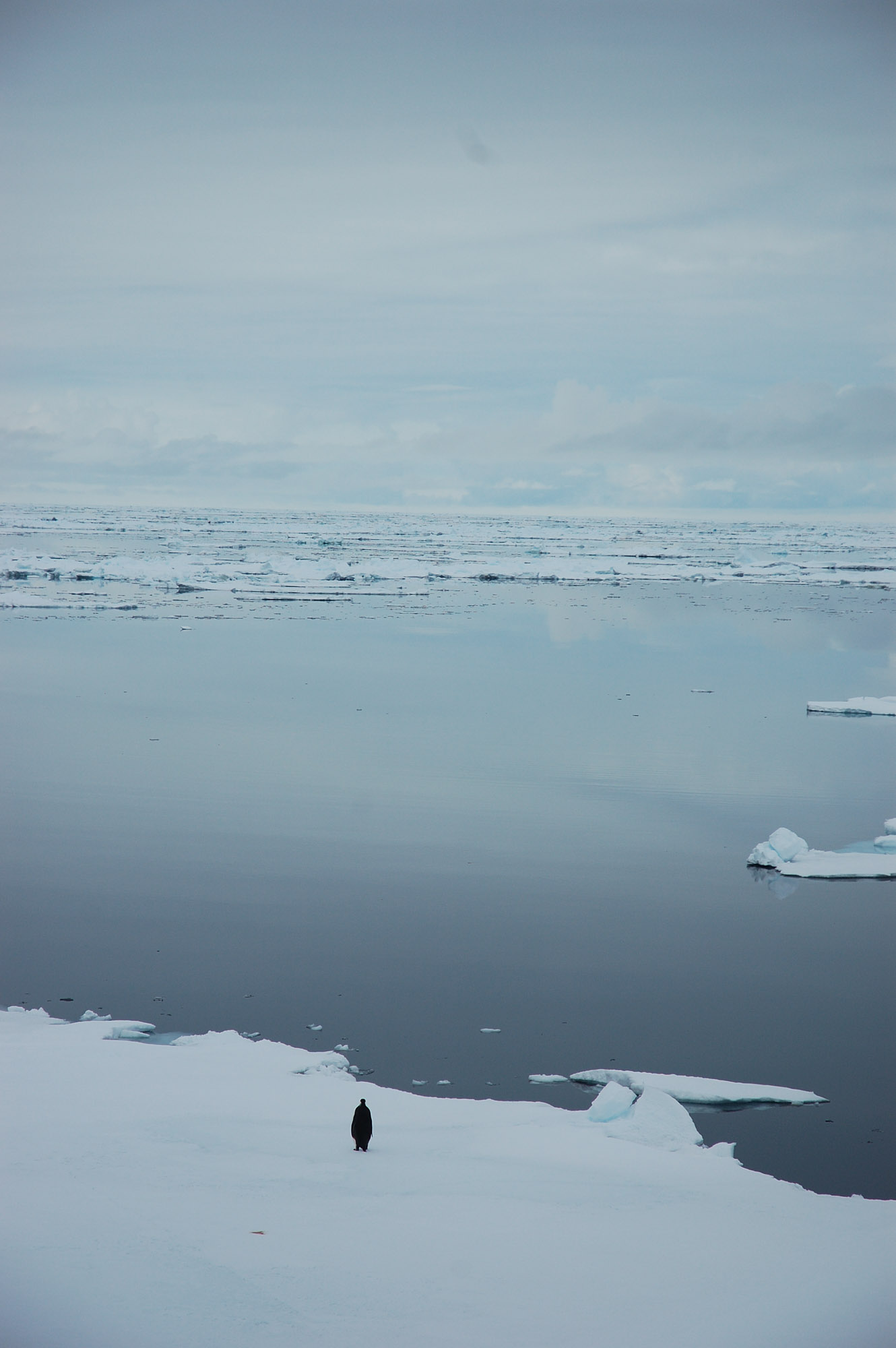
Photograph by Don Pinnock
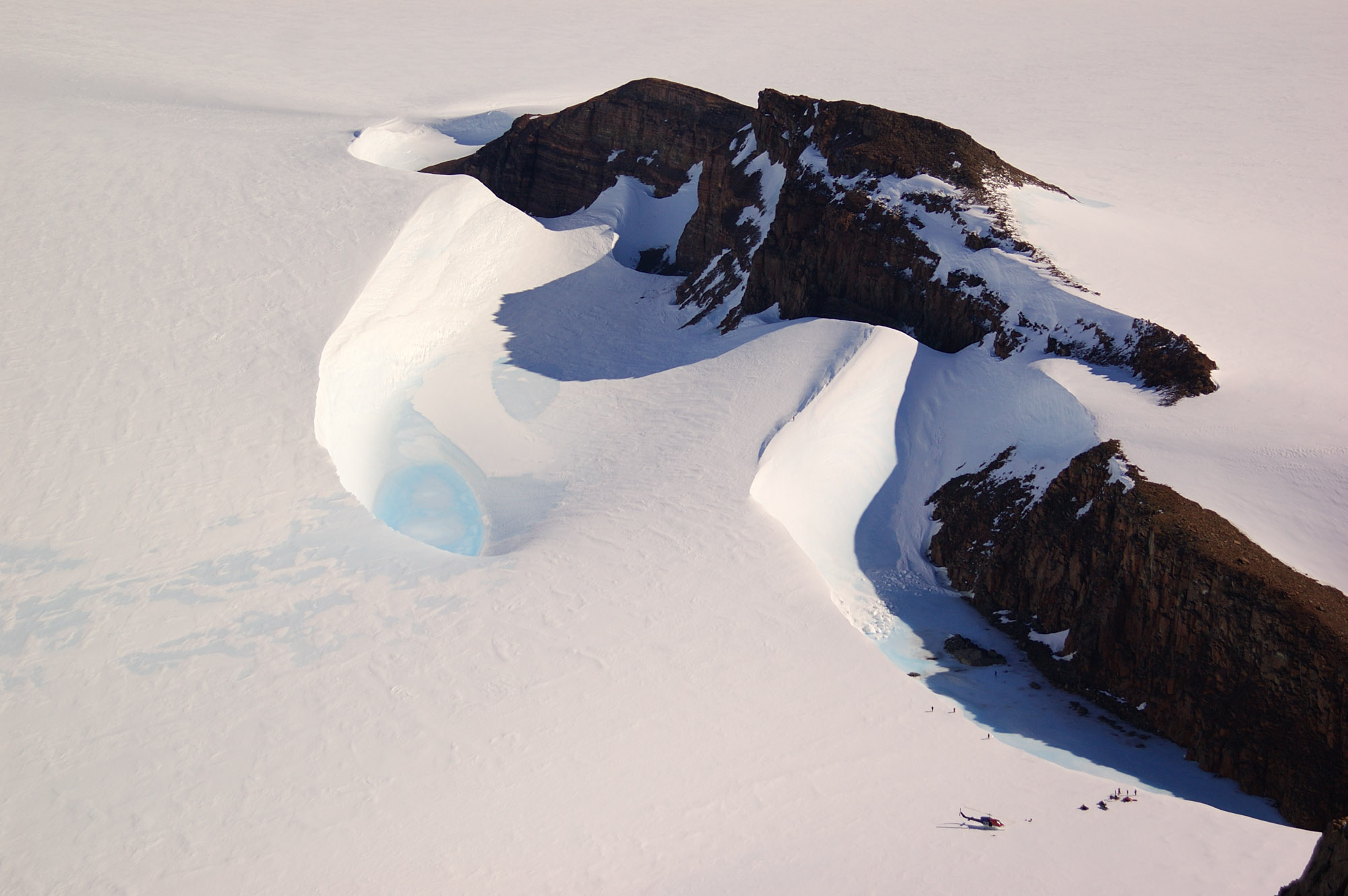
Photograph by Don Pinnock

Photograph by Don Pinnock
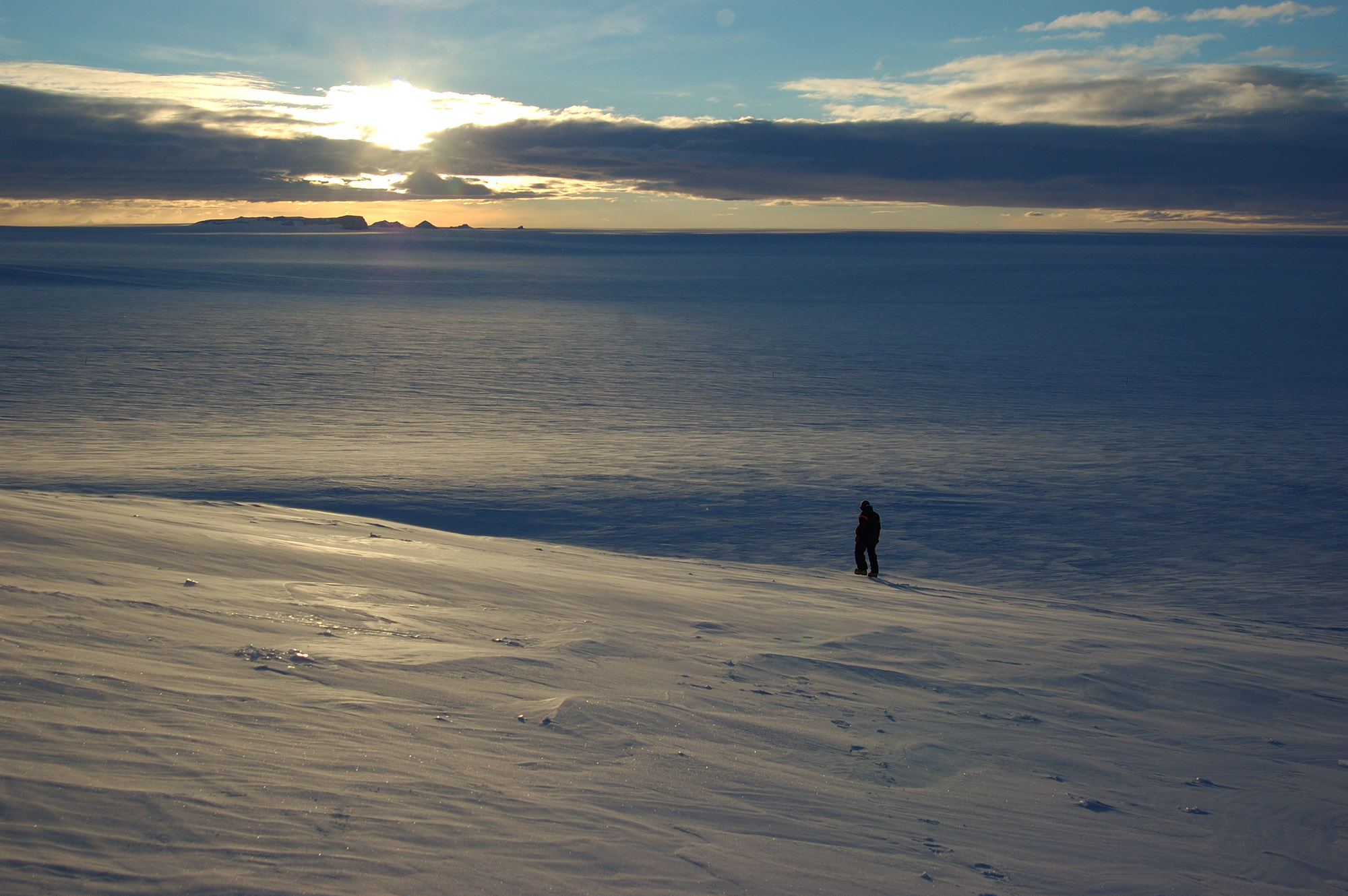
Photograph by Don Pinnock
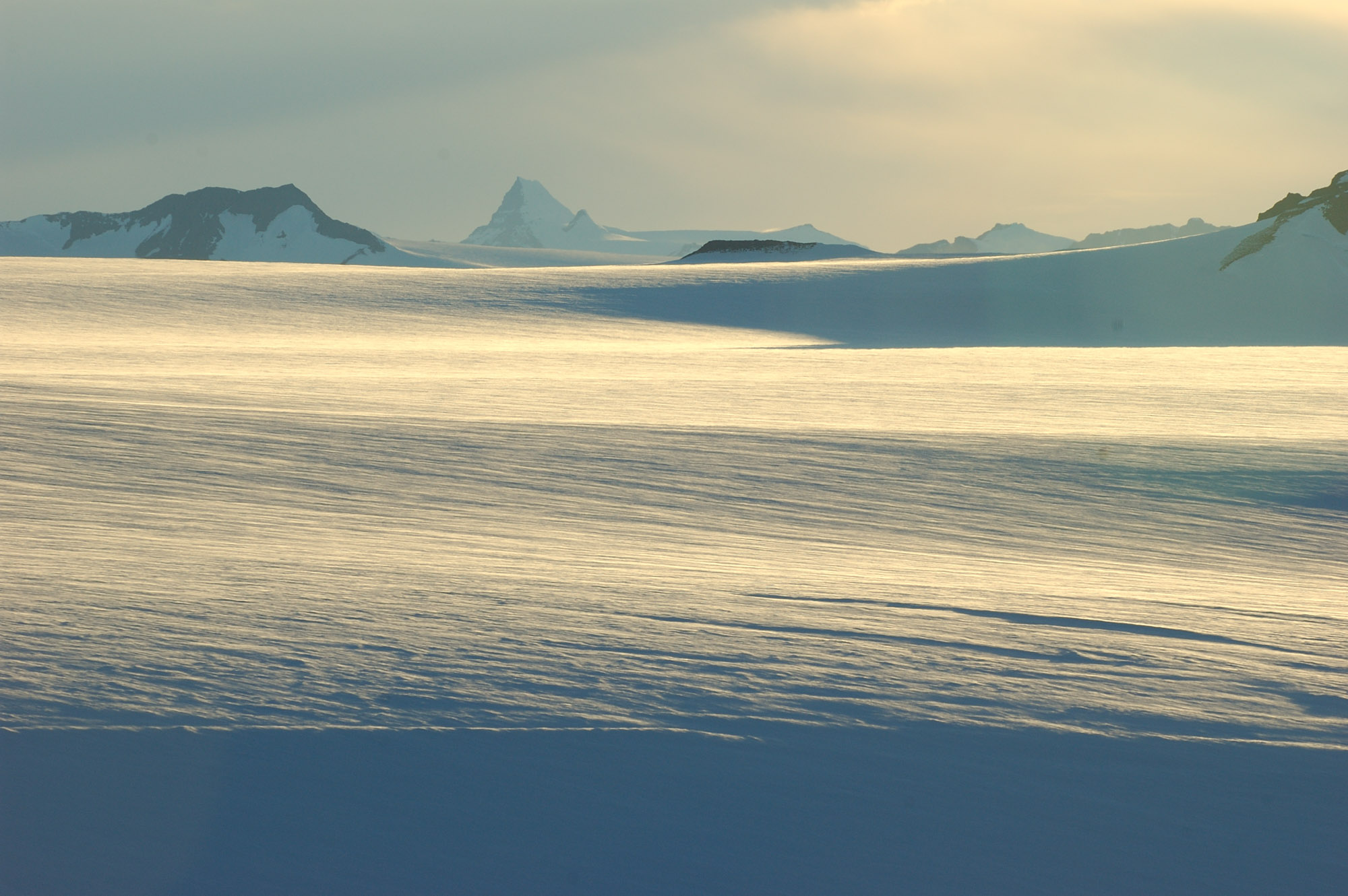

Photograph by Don Pinnock
Apart from Antarctica’s ice-free mountains (a mere five per cent of its surface), almost the entire continent is made from a single substance, water, in a single state, ice. This frozen blanket, with its glaciers and shelf, consists of around 30-million cubic kilometres of ice – 80% of the earth’s supply.
In some places it’s nearly five kilometres thick and the continent’s average height above sea level is a heady 2,500 metres. If it were to melt, the world’s oceans would rise between 60 and 65 metres. This icy vortex absorbs heat, water, solar and cosmic radiation and its sole output is giant glaciers – the largest in the world.
The process of ice deposition begins with tiny prisms of ice dust formed deep in Antarctica’s interior. Nearer the coast, these link together to create crystalline snowflakes which fall, piling layer upon layer, at an average rate of about two metres a year.
As snow builds up, the crystals are compressed into ice grains, trapping air bubbles. Relentlessly increasing pressure squeezes out much of the air and the grains become ice slates, then gneisses and finally glacial ice – hard, blue and translucent with a density one third of average rock. Much of it is constantly on the move from the interior to the coast.
On windless days the surface is dusted with fine ice crystals – diamond dust – which simultaneously reflect and refract light, causing the surface to glitter. In Moby Dick, Herman Melville described this whiteness as “not so much a colour as the absence of colour and at the same time the concrete of all colours”.
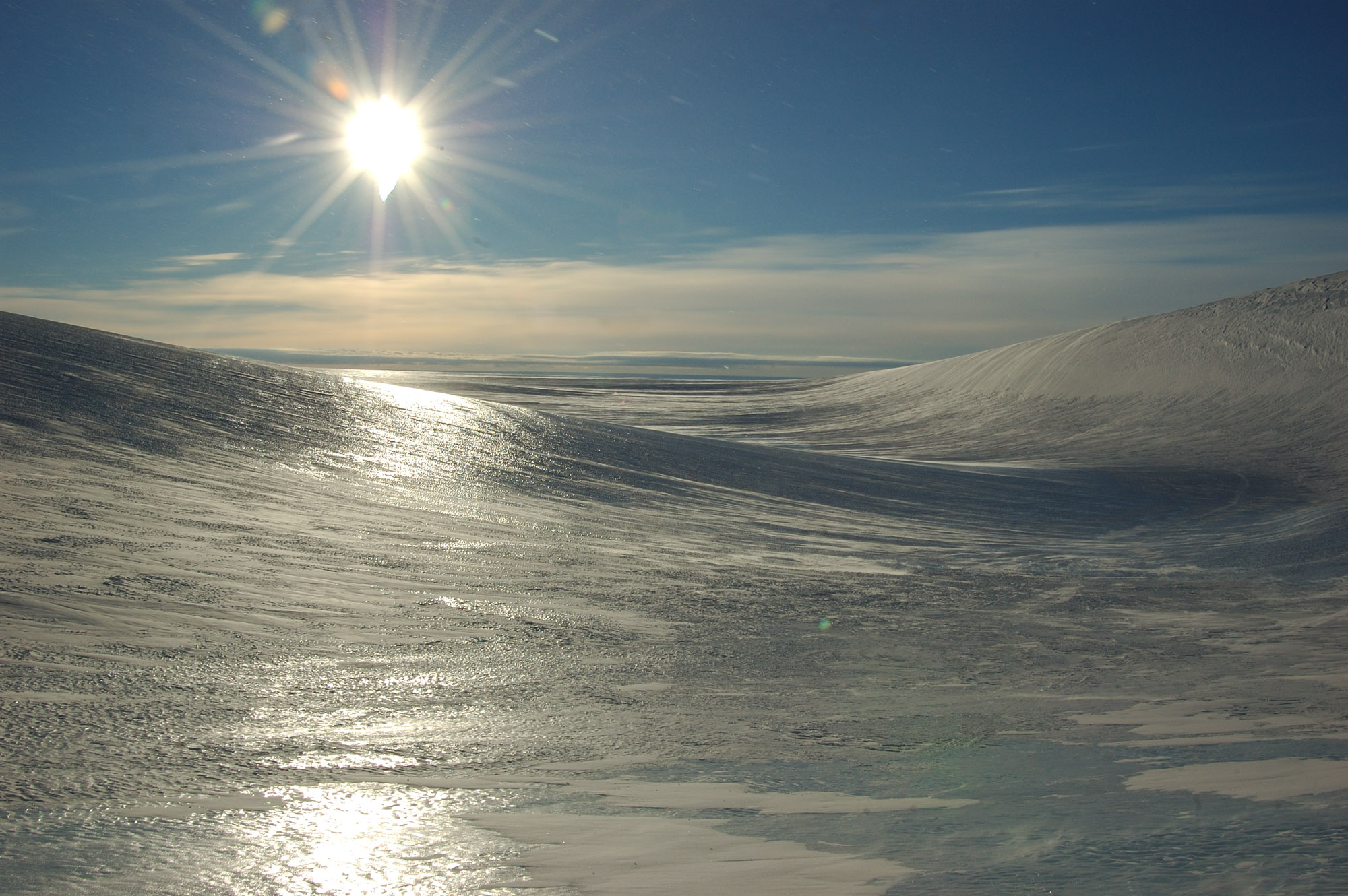
Photograph by Don Pinnock

Photograph by Don Pinnock
Ice in Antarctica comes in an array of forms, starting from simple ice prisms and ending in country-sized bergs. On the polar plateau – the greatest desert on earth – are ice sheets, caps, domes, streams, saddles and ice rumples.
In the mountains are glacial ice, valley, cirque and piedmont glaciers, ice fjords, faults, pinnacles, lenses, aprons, folds, falls, fronts and ice slush. Coastal areas generate fast ice, shore ice, ice tongues, cakes, foots, walls, floating ice, grounded ice, anchor ice, rime ice, ports, shelves, bastions, haycocks, lobes and streams.
Bergs, ringing the continent in a floating gallery of kinetic art, appear as tabular bergs, glacier bergs, ice islands, bergy bits, growlers, brash ice, white, blue, green and dirty ice.
Yapping at their heels are the sea ices: pack ice, ice floes, rinds, hummocks, ridges, flowers, stalactites, pancake ice, frazil ice, grease ice, infiltration ice, undersea ice, vuggy ice, new ice, old ice and rotten ice.
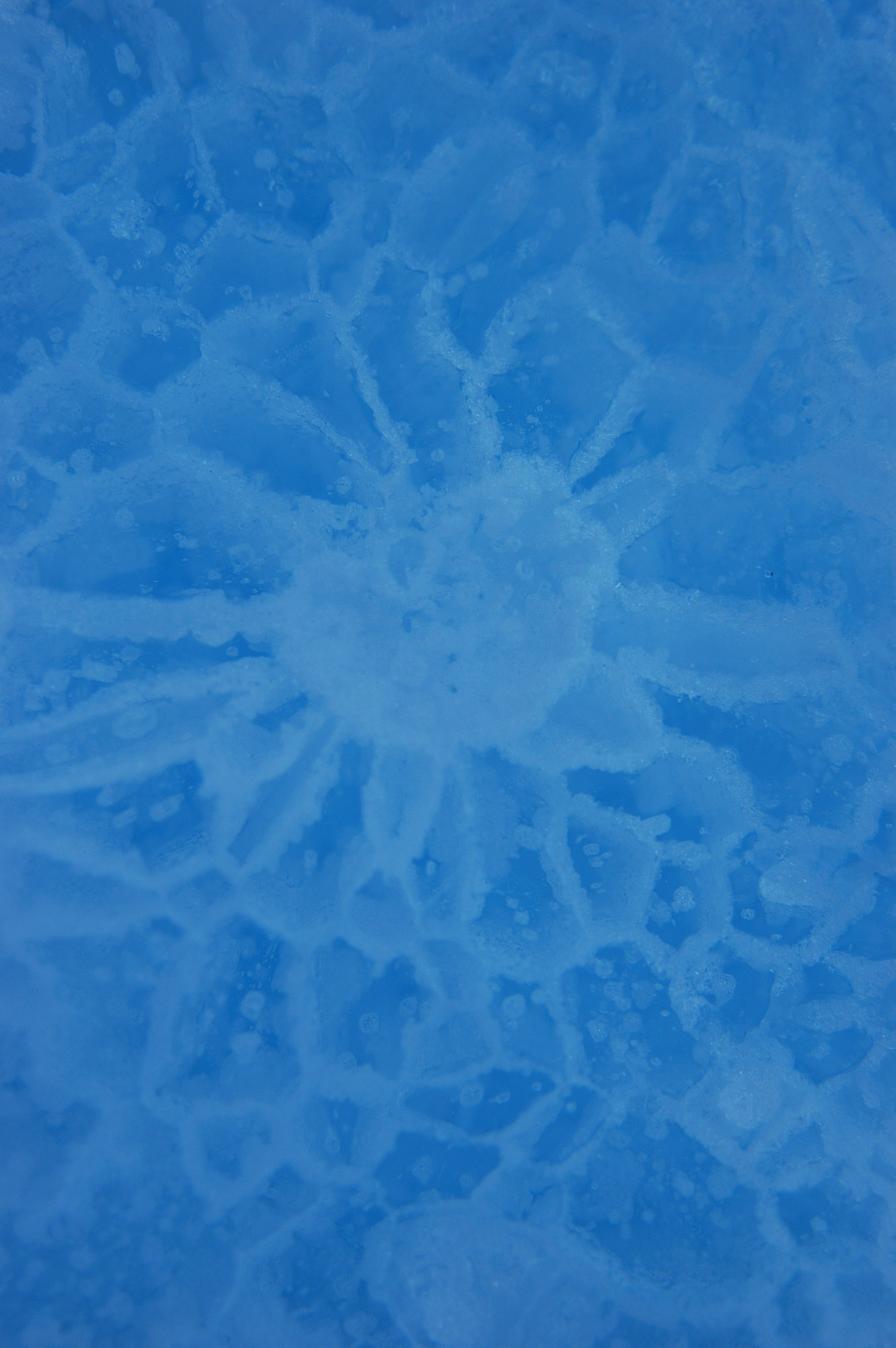
Photograph by Don Pinnock
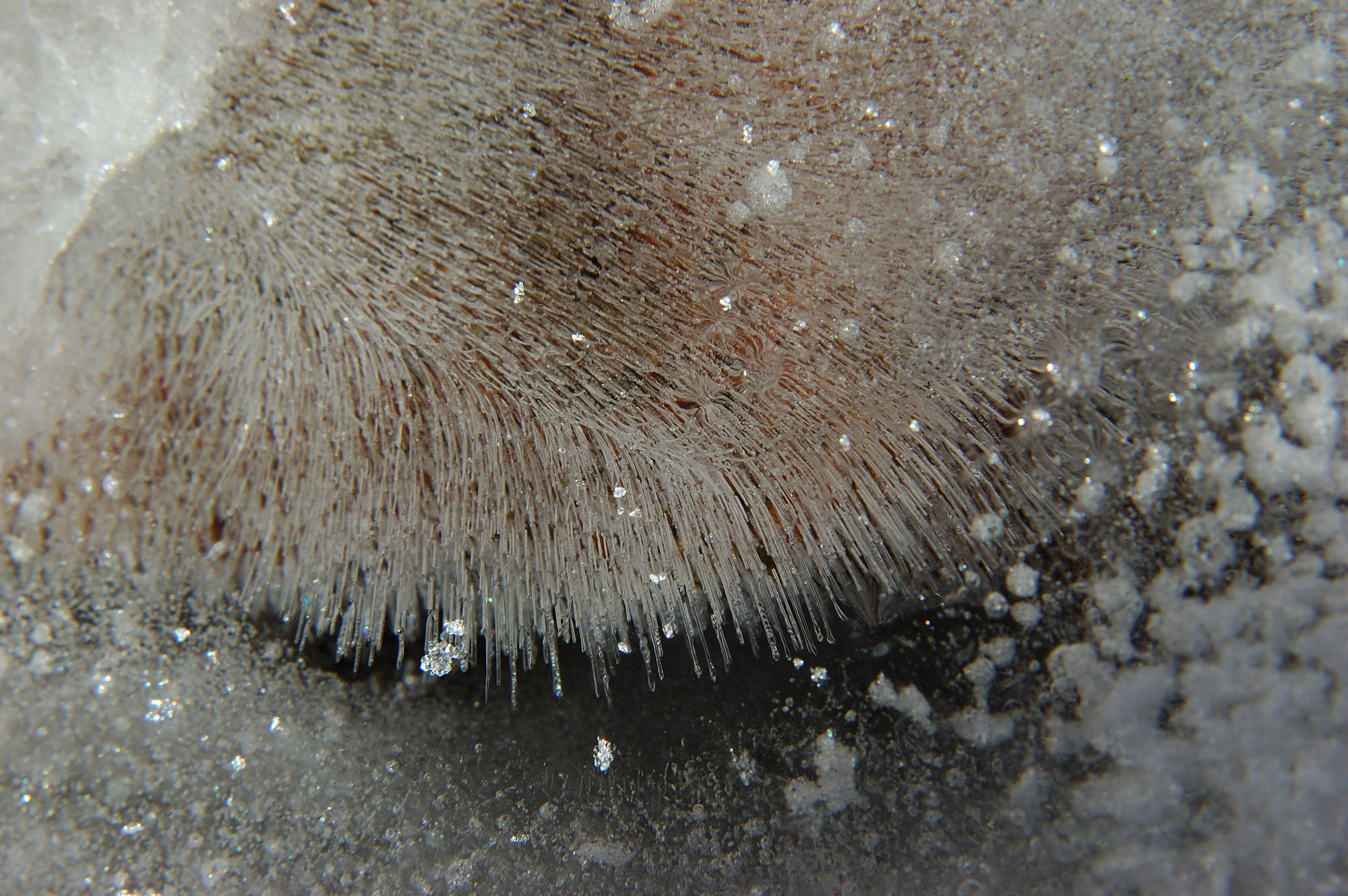
Photograph by Don Pinnock
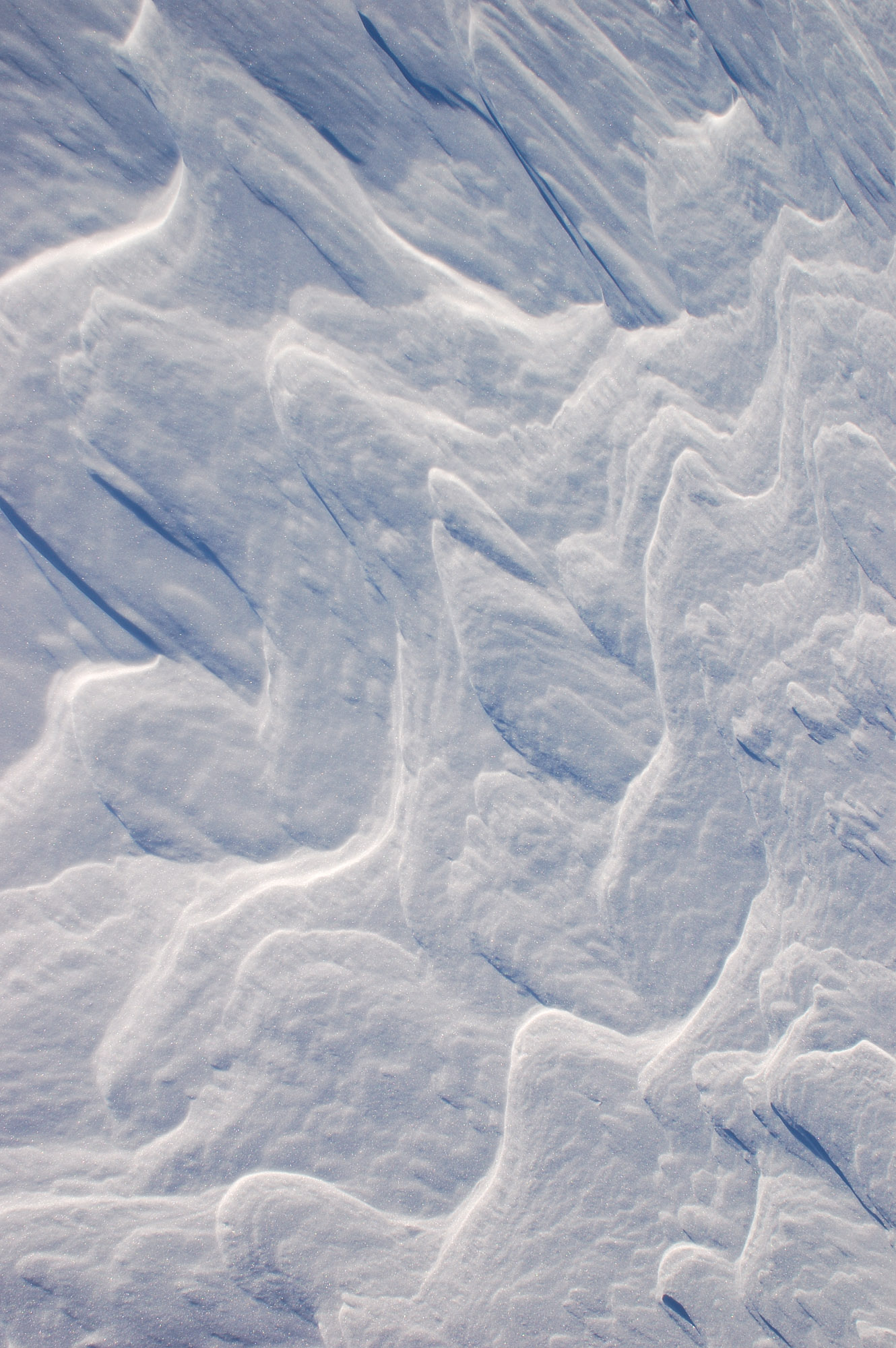
Photograph by Don Pinnock
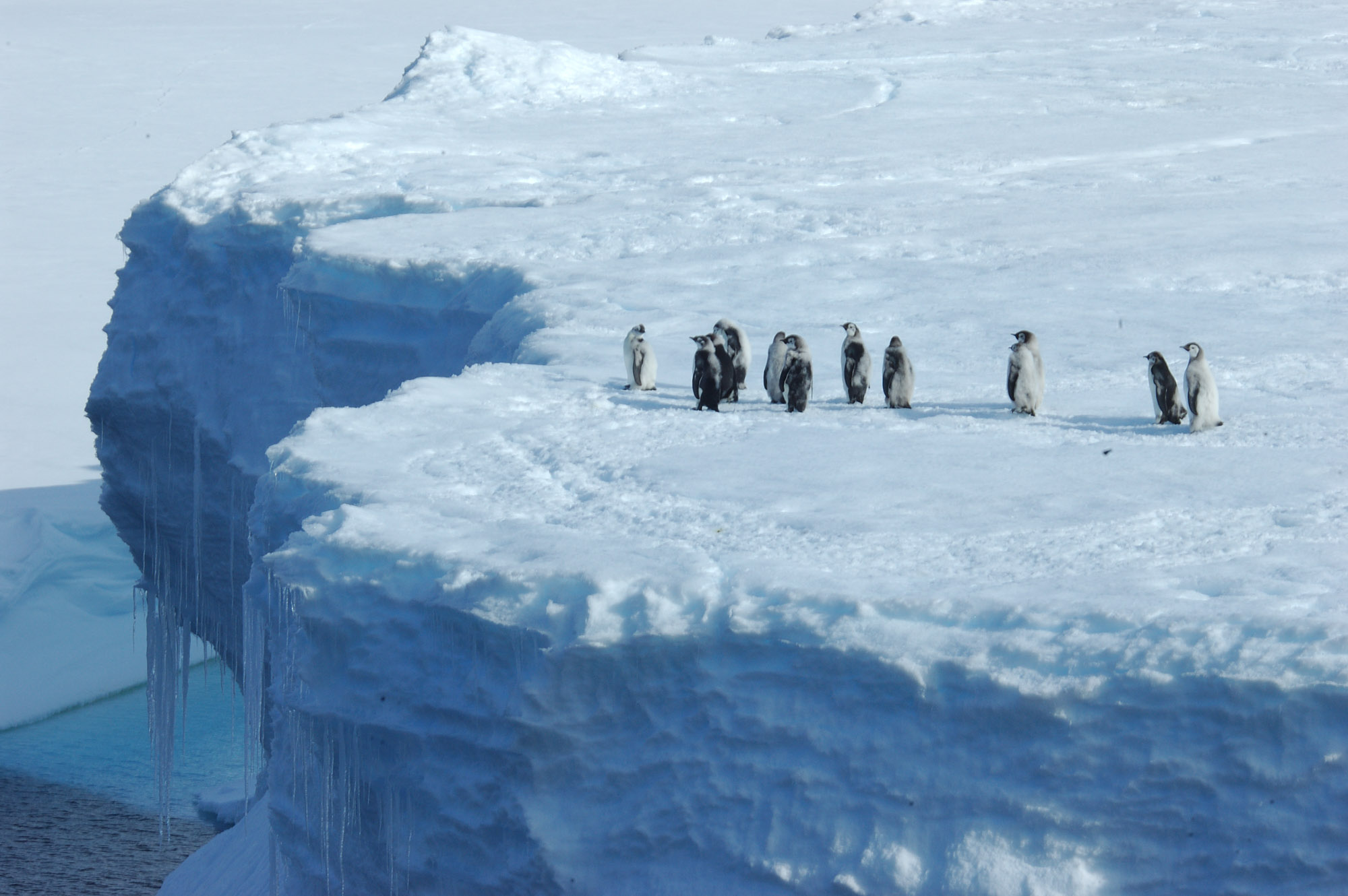
Photograph by Don Pinnock
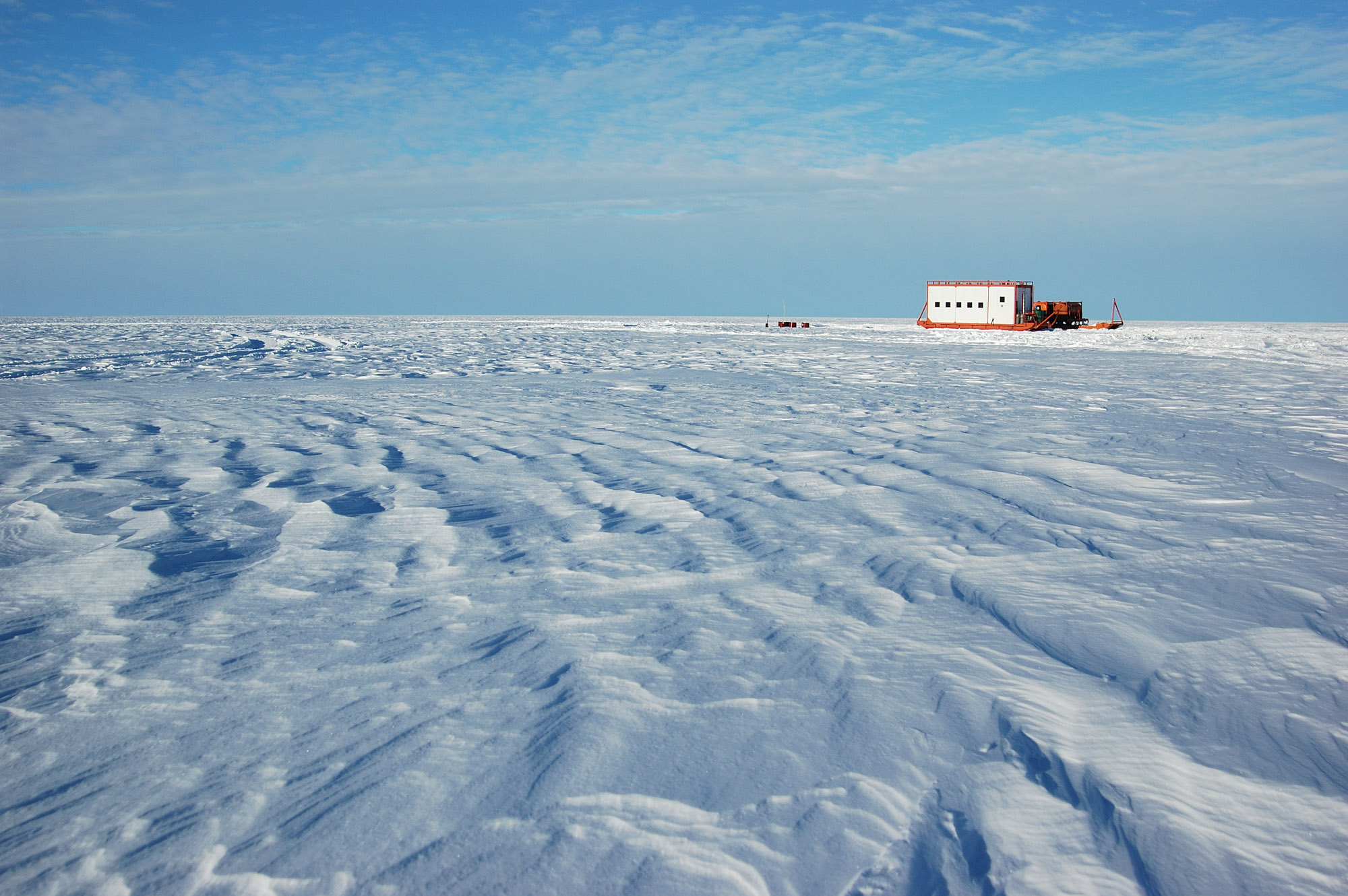
Photo: Don Pinnock
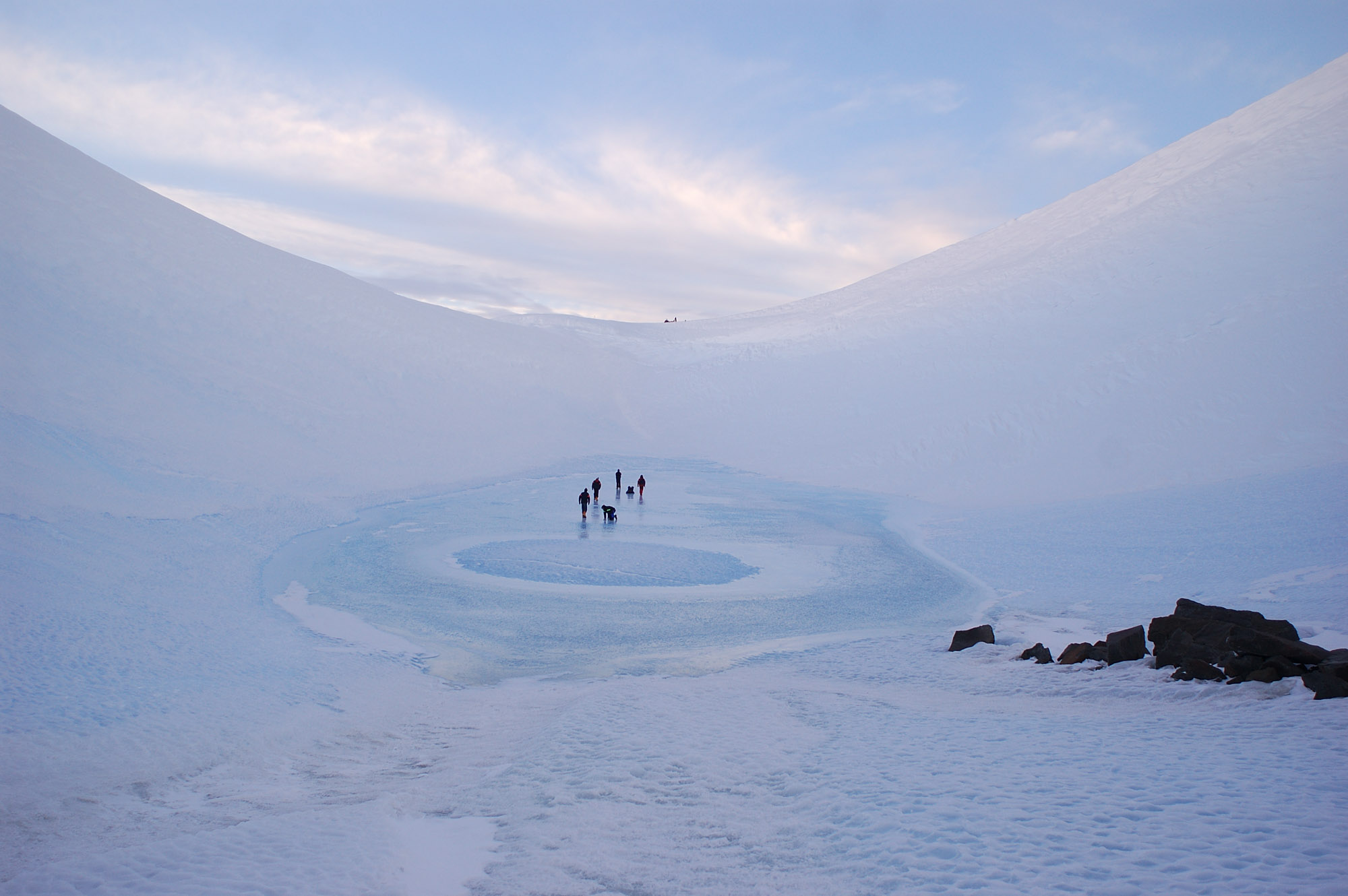
Photograph by Don Pinnock
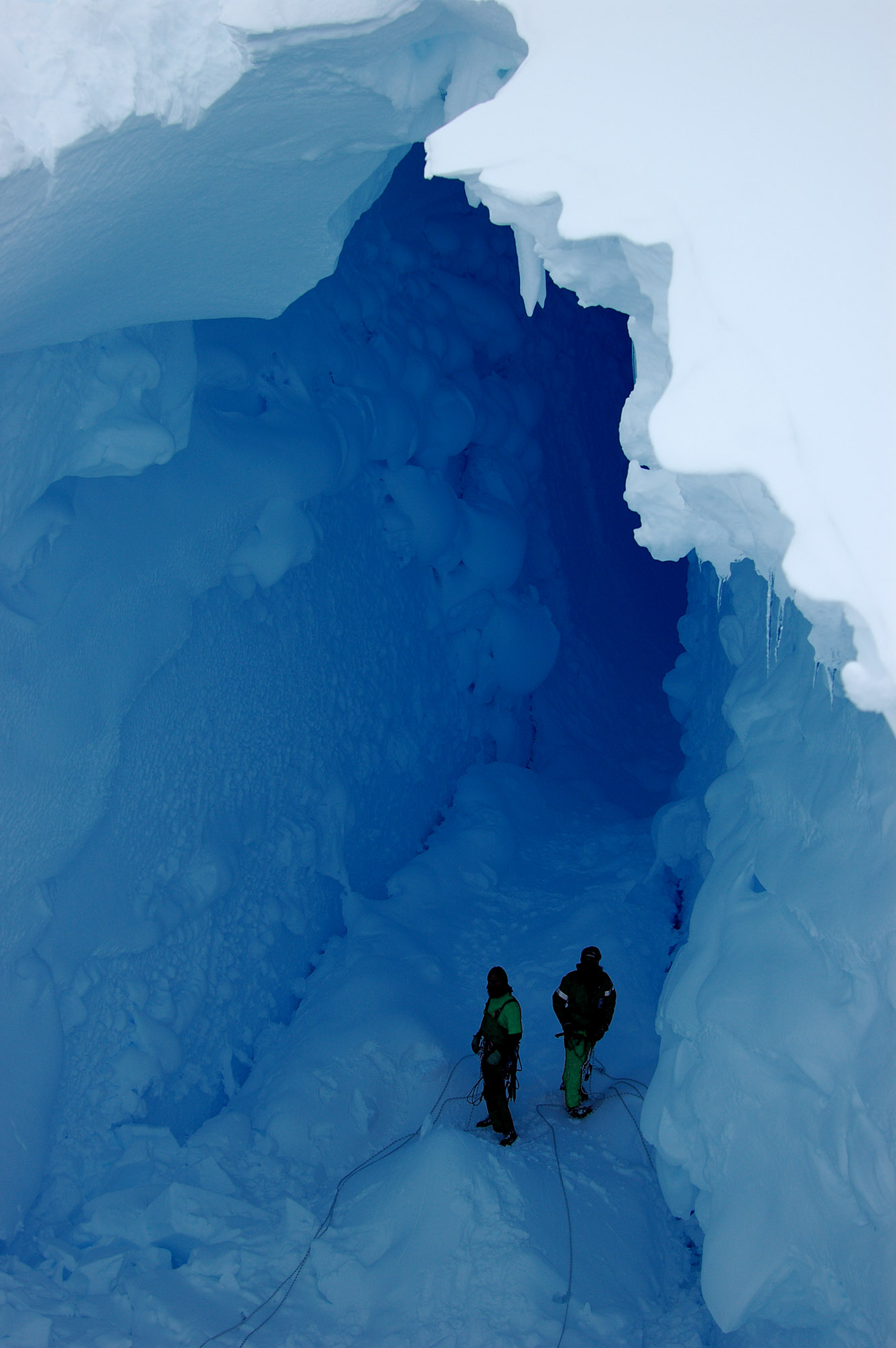
Photograph by Don Pinnock
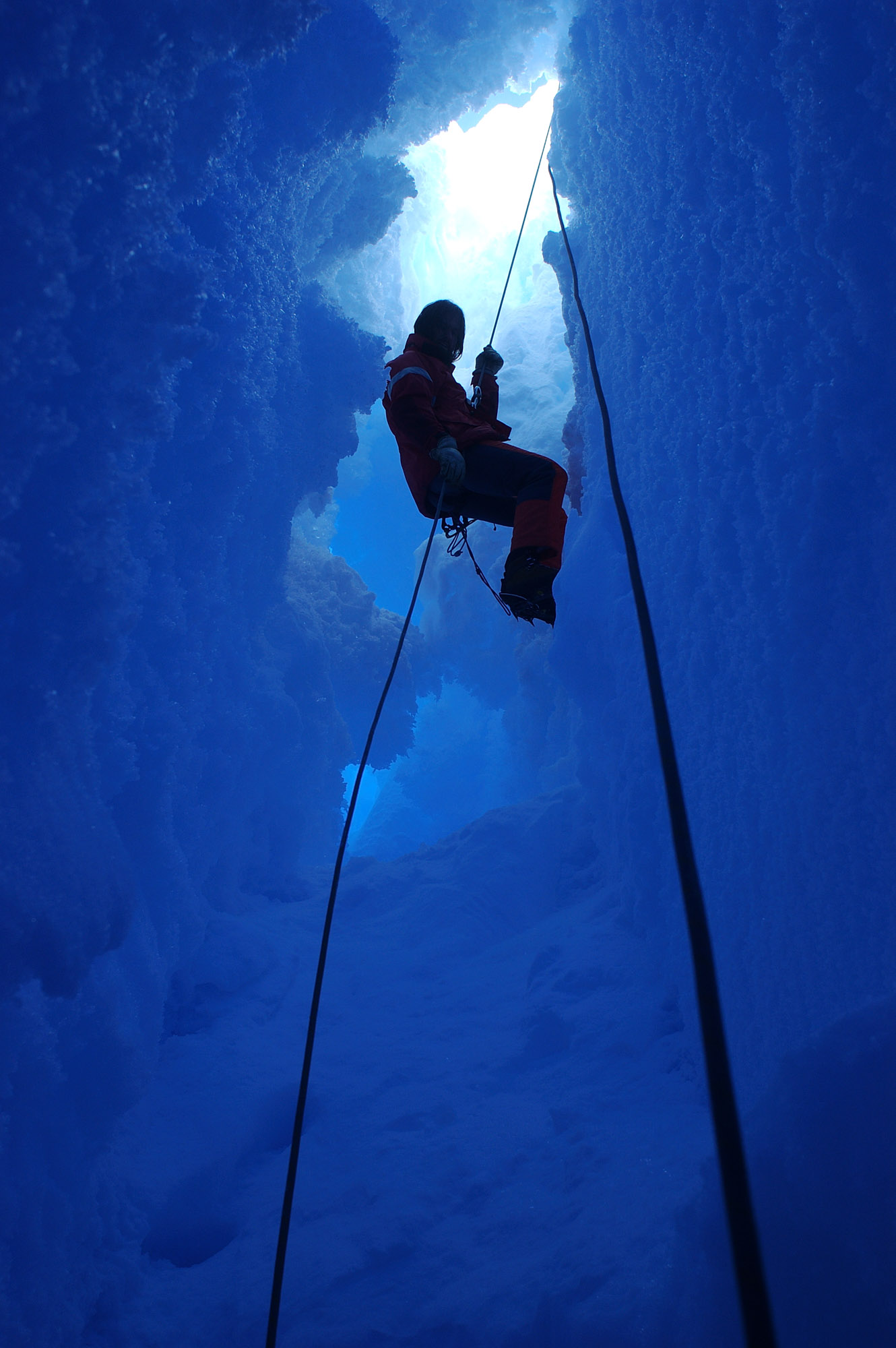
Photograph by Don Pinnock
It’s not only the number of forms which frozen water can take which is extraordinary but – in the southern regions – its astounding scale. Our water planet is also an ice planet. Antarctica holds in its thrall more than six out of every 10 litres of the world’s freshwater reserves. There’s so much ice covering the continent that its weight depresses the south polar region, making the planet slightly pear-shaped.
Each year 14 million square kilometres of sea ice freezes and then melts, girdling the continent in a heat sink which regulates the world’s weather systems. The ice acts as a giant mirror, reflecting back into space excess heat from the sun.
What marks Antarctica, though, is its simplicity. All metaphors or analogies are trashed by the enormous singularity of its interconnected ice sheet. “There’s a great beauty here,” wrote the American explorer Richard Byrd, “in a way that things which are also terrible can be beautiful.”
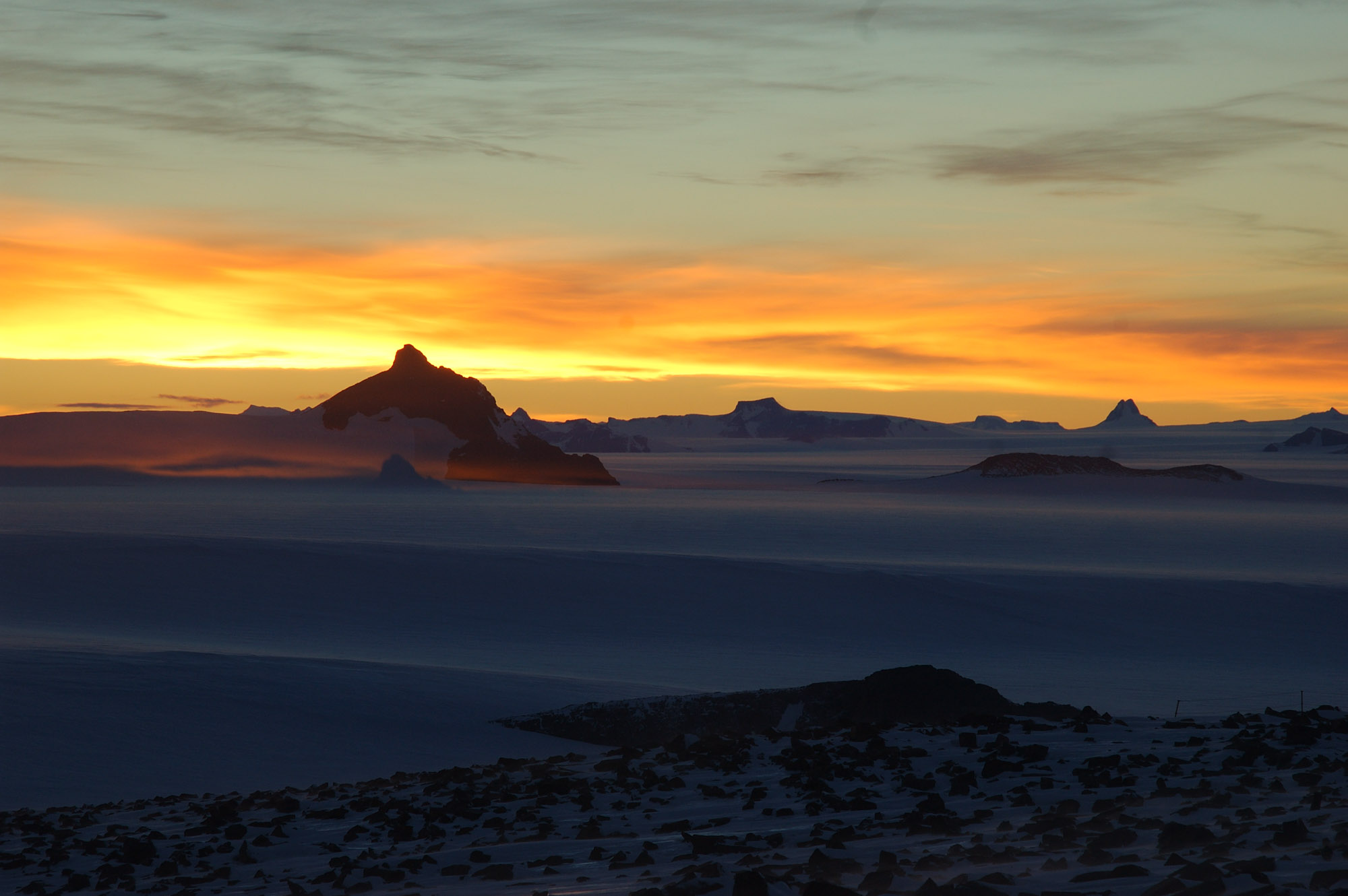
Photo: Don Pinnock

Photo: Don Pinnock
The vast white continent feels eternal, but it’s not. Ice is hyper-sensitive to any rise in temperature, especially one which can transform it from a solid to a liquid. And the earth is warming. If Antarctica’s ice was reduced back into the water that made it, coastal cities where most humans live would be in deep, deep trouble – quite literally underwater. DM/ML
Blue Ice, Travels in Antarctica by Don Pinnock from which these photos came is available at www.afsun.co.za.

















 Become an Insider
Become an Insider
Lovely article, Don. Our amazing planet.
Thank you Dr Don for a very good article. Some beaut photos too. What is not mentioned is that us human animals, who think we are so superior to the natural environment, cannot make water – two H’s and one O. To understand the scale of the ice just imagine the southern Cape coast in the Wilderness-Knysna-Plett area: around 80 million years ago the sea level was between 200 to 240 m ABOVE the current levels and the wave cut erosion platforms inland of Wilderness, Sedgefield, Knysna and parts of Plettenberg Bay were created – these are the ~200 to 220 m above mean sea level flat areas at the foot of the Outeniqua Mountain range. Travel the 7-Passes Road and you will see this area. Around 35 million years ago the sea level was between 80 to 100 m BELOW the current levels – and there are fossilized dunes under the current sea level off the coast. At a later stage the current dunes formed and the Wilderness lakes were trapped – most are saline connected via the Touw and Swartvlei Rivers. Groenvlei is slightly saline but generally regarded as ‘fresh’ water. Awesome. Thus, minimal polar ice cap melting, as Don notes in his closing sentences, will leave many coastal cities with major impacts and flooding. There may one day be an awesome surf break off Durbanville, and you will need a boat trip (or long bridge) to get to Table Mountain Island. Forget visiting Robben Island – it may be a good dive spot though.
Great article and photos, Don! About 15 years ago I wrote a short story about how trees absorb CO2. It is called “The Golden Toad Has Croked” and is published by . Terribly written, but a great plot. Should be a Hitchcock movie!
Majestic photos ! AND… all along I thought ice was just ice … and most times not nice ! Thanks.
Thank you, Don. Another great, informative piece highlighting how gorgeous our planet is.
If only all 8 billion of us appreciated and cared for it as we should…
Wow! Don, incredible. I am in awe of the diversity of your writing and the range of your expertise.
A fascinating read and what stunning photographs!
A lovely article, Don. Thank you!
Stunning photos with an illuminating article. I’d no idea ice came in so many forms